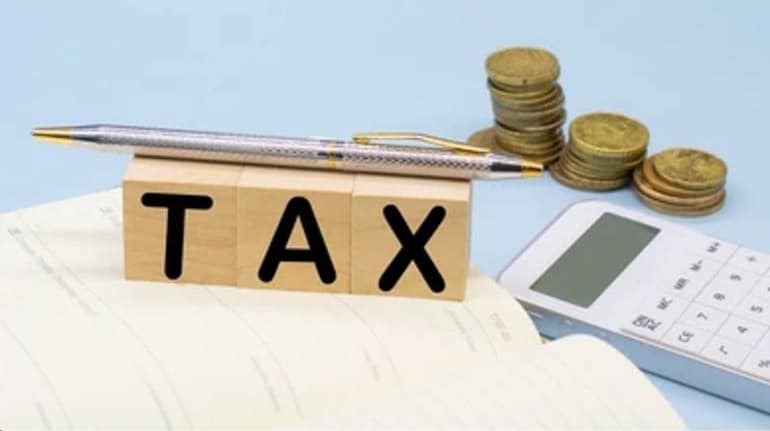



As we move closer to the tax-saving deadline of March 31, the search for tax-saving investment avenues gathers speed.
As interest rates have gone up over the last 18 months, the National Saving Certificate (NSC) and tax-saving bank fixed deposits look attractive. Here is what you should know about them.
What is on offer?Both NSC and tax-saving FDs come with a five-year tenure. Investments up to Rs 1.5 lakh in a financial year qualify for tax deduction under Section 80C. These instruments offer a fixed assured rate of return and premature withdrawals are not allowed.
What works?These are fixed-income investment avenues that come with some tax savings. As interest rates have risen, the return on these instruments are remunerative. NSC offers 7 percent rate of return, whereas the offer from tax-saving fixed deposits range from 6 percent to 7.6 percent, as per data sourced from BankBazaar.
Senior citizens may get a tad more from FDs. Existing offers on tax-saving FDs can be accessed here.
“NSC is backed by sovereign. In case of tax-saving FDs by PSU banks and large private-sector banks, there is a minimal credit risk. However, investors must assess the credit risk if they are investing in tax-saving FDs of a relatively small bank,” says Joydeep Sen, Corporate Trainer (Debt).
Over the last 18 months, in a rising interest-rate environment, banks have raised interest rates as high as 150 basis points on tax-saving FDs. The interest rates on NSC were at 6.8 percent for some time. It has been hiked by only 20 basis points.
“Current interest rates on NSC and tax-saving FDs are attractive. Investments in them can be considered to lock in these interest rates by conservative investors,” says Jitendra Solanki, a SEBI-registered investment advisor.
Another big advantage of these instruments is that they are one-time investments. You invest now and there are no follow-up commitments as in the case of regular premium-paying life insurance policies or public provident fund (PPF).
The very nature of the investment is simple and most investors can take an informed decision, at least in the case of sovereign-backed NSC and tax-saving FDs by public sector banks.
Also read | Last-minute tax savings: Why an ELSS works well for patient investors
What does not work?Investments in NSC and tax-saving FDs come with a five-year lock-in, which is comparatively higher than the three year lock-in on ELSS.
The interest payable on NSC and tax-saving FDs is taxable in the hands of the investor as per the marginal rate of tax. That makes it unattractive for investors in the higher income tax slabs.
The interest rates, once contracted, do not change. This works well in a falling interest rate regime. However, in a rising regime, these investments may not sound attractive.
Also read | Last-minute tax saving tips: If you haven’t submitted supporting documents to your employer, there’s trouble
What should you do?Abhay Mathure, a Mumbai-based mutual fund distributor, says, “Investment in NSC makes sense for conservative investors at this moment. It is better to avoid tax-saving FDs offering high interest rates by small banks, as they may be indicating higher credit risk.”
He further points out that ELSS can be a better solution for those who are comfortable taking risks, and looking to build large a corpus over the long term.
Figure out how much money you have to invest to complete the window of Rs 1.5 lakh. Do account for contribution to EPF,
PPF, life insurance, home loan principal repayment, ELSS, tuition fees, among others. Choose a tax-saving FDs or NSC and complete the investment.
If you already have an operational PPF account, you may consider investing money in it as it offers tax-free interest, provided you are comfortable investing in it.
Senior citizens, who have not yet invested Rs 15 lakh in senior citizen saving scheme (SCSS), may use it as contribution up to Rs 1.5 lakh is eligible for deduction under Section 80C.
Conservative senior citizens, who have already maxed out the SCSS limit, and looking for some tax-saving avenue, may consider investments in NSC or tax- saving FDs.
Discover the latest Business News, Sensex, and Nifty updates. Obtain Personal Finance insights, tax queries, and expert opinions on Moneycontrol or download the Moneycontrol App to stay updated!
Find the best of Al News in one place, specially curated for you every weekend.
Stay on top of the latest tech trends and biggest startup news.